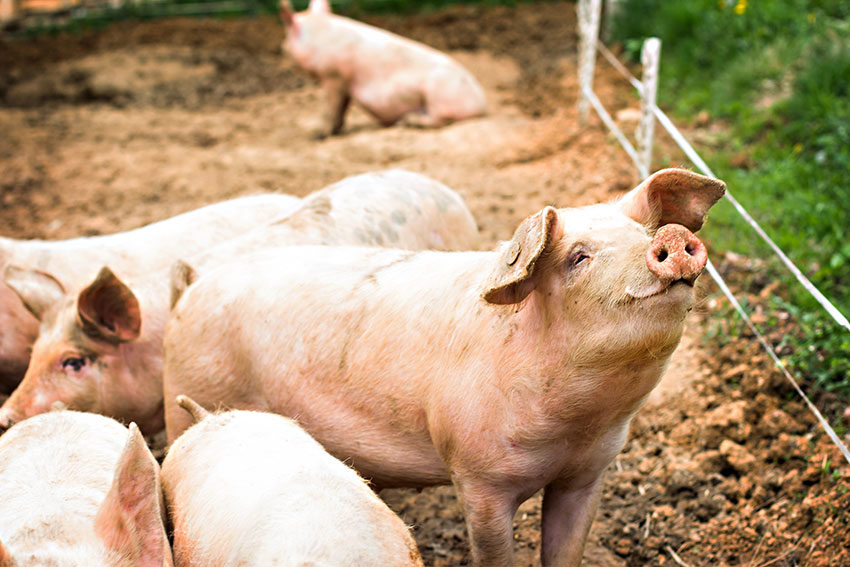Scientists have found a way to restore function to dead brain matter, but is it ethical?

A recent scientific breakthrough raises many ethical questions.
For the first time in human history scientists have restored function to a brain long after it was thought dead. They were pigs’ brains, removed from their bodies. But still, a pretty good effort considering that while previous research has shown that brain cells can still function when they are removed from the brain shortly after death, the brain has typically been studied in thin slices that closely resemble sliced cauliflower. This new study presents the possibility that the brain can be revived and studied, after death, in its 3D structure – allowing for investigation into the function and global connectivity of the brain.
The research, published on the cover of the journal Nature on April 18, 2019, used the brains of 32 pigs that had been killed for their meat. The scientists removed the pigs’ brains from their skulls and kept them, without oxygen and at room temperature, for four hours. The brains were then placed in an experimental chamber, and a chemical cocktail of oxygen and nutrients that the researchers have called BrainEx was pumped in for six hours. The pigs’ brains resumed metabolic functions like burning sugar and producing carbon dioxide, maintained their internal structures, and were still able to carry signals between neurons. One ingredient included in the BrainEx solution was the anti-seizure agent lamotrigine. The researchers included lamotrigine in an effort to inhibit neuronal activity in the pigs’ brains, in the hope that this might help to preserve brain cells by keeping them inactive. The researchers also wanted to inhibit neuronal activity to reduce the chances of the brain becoming revived to the point of consciousness.
This was a critical ethical point. Consciousness in a creature after death, particularly in a disembodied brain, would be flying way too close to the sun. The findings of this research are already leading people to question the irreversibility of death. Nita Farahany, a leading scholar on the ethical, legal and social implications of new technologies, commented to NPR, “Immediately people are going to recognise the potential of this research. If, in fact, it is possible to restore cellular activity to brain tissue that we thought was irreversibly lost in the past, of course people are going to want to apply this eventually in humans.” Farahany and colleagues published a commentary in the journal Nature over a year ago calling for ethical regulations to help guide this kind of work, asking, “If researchers could create brain tissue in the laboratory that might appear to have conscious experiences or subjective phenomenal states, would that tissue deserve any of the protections routinely given to human or animal research subjects?”
Given the 32 pigs’ brains were delivered to the research team after the animals had been slaughtered, and then left for a further four hours before experimentation, ethics governing the use of live animals in research did not seem to apply. However, the activity seen in the brains after the infusion of BrainEx means the brain can no longer be considered ‘dead’. So, what kinds of ethical principles should be applied? How does one proceed when their research findings question the very irreversibility of death? These results challenge the long-held assumption that brain activity and consciousness are lost shortly after the disruption of blood flow to the brain, and that once blood flow is stopped there is an irreversible progression towards the death of the organism. Professor Ashley Bush from the Florey Institute described the ethical conundrum to the Sydney Morning Herald: “If you then revive the tissue, we don’t know for certain that some level of awareness might return … You couldn’t imagine a worse nightmare than to be brought back to life after death but to be severed from your body. They are very alert to that possibility. We have to be very careful.”
Very careful indeed, please.
Dr. Jessica L Paterson is a Senior Research Fellow at CQUniversity, Appleton Institute
Header image:
Julia Lototskaya / Shutterstock